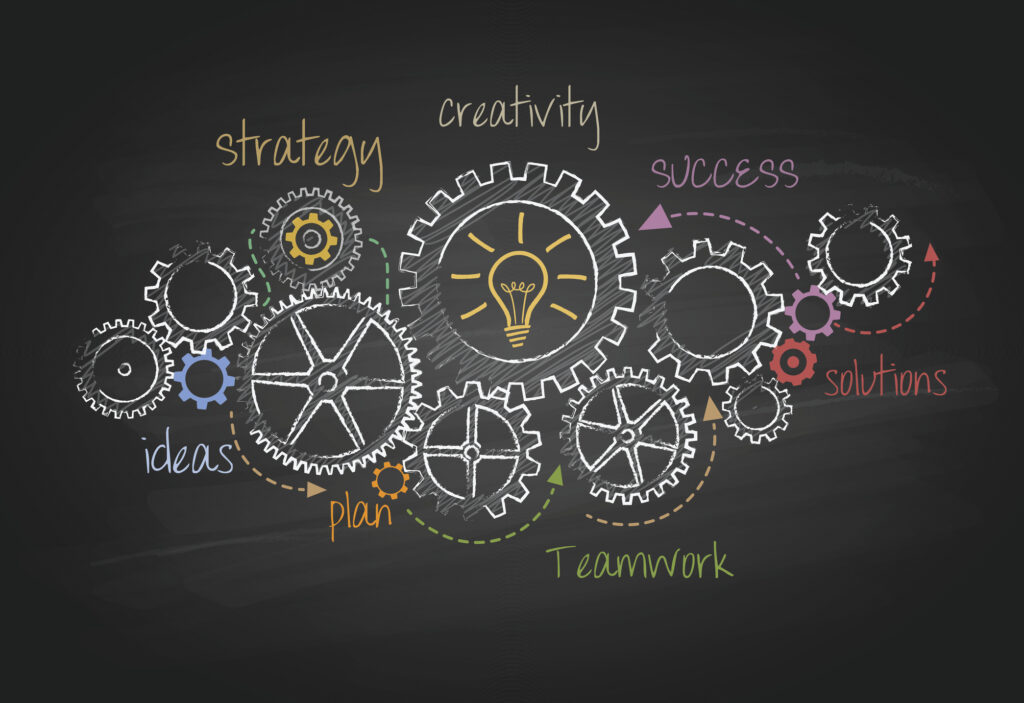2023 continued to be a year of transition out of the COVID-19 pandemic, which for more than two-and-a-half years applied its grip on every part of life for organizations and individuals and laid the foundation for a changing future. The universe of educational institutions and their advancement programs was no exception. This report continues our series of annual updates as higher education advancement organizations evolve their engagement strategies to remain vibrant and relevant at a time of significant change in society and the world. (For a quick review of the past few years, see Trends in Advancement, January 2023).
As advancement organizations transition out of the pandemic years, many have been explicit about the need to think differently. What will their constituencies want and need in the next decade? How should they strategically invest in staff, programs and infrastructure to build toward those outcomes? Along with their institutions adapting to new populations of students and emerging needs of society, engagement and fundraising organizations and activities must also identify and incorporate new ways to broaden their reach to current and future alumni in support of lifelong relevance to them.
In sum, higher education advancement organizations are currently challenged to identify new strategies, expand expertise and talent, work in different environments (e.g., hybrid) necessitating solid collaboration and communication, use the latest tools and obtain sufficient resources to sustain vital, yet dynamic, stakeholder relationships. At a time when confidence in higher education is decreasing and demands for loyalty elsewhere are increasing, this also requires working partnerships with their institutions, as well as with the volunteer leaders who represent their constituencies.
While 2024 likely represents “evolution” not “revolution” in institutional advancement, several realities are clear:
- Confidence in higher educational institutions is declining, and giving by individual alumni is down.
- The “greatest wealth transfer in US history” has arrived, and women are set to be the largest beneficiaries.
- Personalization matters more than ever – and is becoming more sophisticated.
- Constituencies reflect changing demographic, preferences and voices: for example, generations differ in many respects in terms of what they value and how they want to interact; donors want to be more active in the decisions about their giving; and a fully inclusive community is frequently a core value.
- These issues drive the need for strategic talent management and training of both staff and volunteers to ensure that advancement organizations aim at high performance and accountability, are equipped to work together as teams and have the capacity to respond to the evolving interests and styles of their audiences.
- Regional programming facilitates both reach and strategic priority setting, while deepening relationships with alumni volunteers.
- Along with that, new technologies require new skills and strategies – from optimizing data, applying appropriate segmentation and measuring impact to understanding the far-reaching consequences of artificial intelligence.
As one of our client advancement VPs said recently, “Exploring avenues to further develop [staff] skills and enhance their experiences will be pivotal in sustaining our momentum and fostering a culture of innovation.”

























